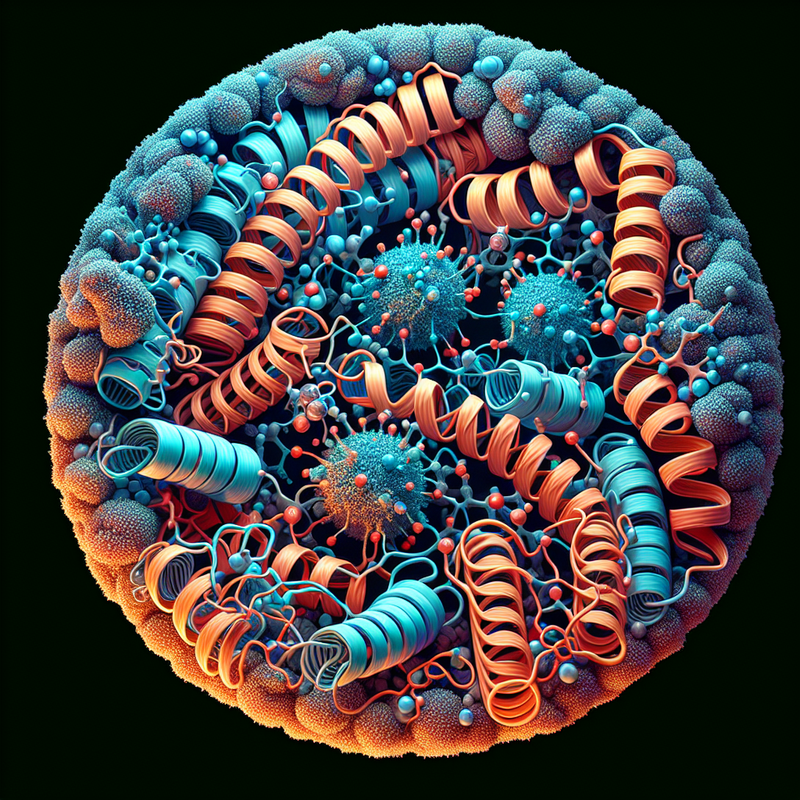Breakthrough in Muscle Preservation: The Role of Key Protein
Within the realm of muscle science, a groundbreaking development has emerged. Research conducted at the Research Institute of Molecular Pathology has brought to light the crucial role of a protein chaperone known as UNC45 in the defense against muscle atrophy. This finding has the potential to revolutionize the way muscle disorders are approached, offering fresh perspectives on treatments and preventative strategies.
Guardians of Muscle Vigor
Movement in muscle cells hinges on the seamless function of two proteins vital to this process: actin and myosin. UNC45 is instrumental in ensuring the correct form and function of myosin, which makes up a significant part of the cellular protein in muscles. Functioning as a chaperone, UNC45 has the critical task of steering defective myosin towards deconstruction pathways, all the while shepherding correctly formed myosin to integrate into the sarcomere, which is the fundamental structural unit of muscle fibers.
Delving into this precise mechanism, a research team headed by Tim Clausen at the IMP, and with their findings reported in Nature Communications, has elucidated how UNC45 discerns and segregates the healthy myosin from the flawed, orchestrating their pathways to either assembly or breakdown.
Antonia Vogel, an alumna of Vienna BioCenter’s PhD Program and a member of the Clausen team, adds that “UNC45 interacts with myosin in its various conformations, giving rise to distinct functional complexes.” Such insight underscores the essential function of UNC45 in the preservation of muscle integrity and its potential impact on the emergence of muscular diseases.
Blueprints for Muscular Efficiency
The team harnessed sophisticated methodologies, such as crosslinking mass spectrometry, to pinpoint where UNC45 comes into contact with myosin. X-ray crystallography was also applied to reveal a detailed atomic map of how the proteins interlink.
Renato Arnese, a Research Assistant in the same team, illuminated that “A particular segment of myosin, designated the FX3HY motif, is pivotal for the recruitment and attachment to UNC45.” This motif, ubiquitous among various organisms, serves as a universal signal for recognition. Alterations in this motif may precipitate severe developmental muscle disorders like Freeman Sheldon Syndrome (FSS).
Clausen highlights that their work “for the first time directly links myosin quality control deficits to the genesis of myopathies.” The research also reinforced the relevance of the C. elegans model system due to its parallels with human muscle conditions.
The strides made in this study have extensive implications, poised to alter clinical practices and advance our comprehension of muscular health and disease. These revelations may pave the way for further inquiry into diverse muscle conditions and their potential association with disruptions in myosin quality control.
















